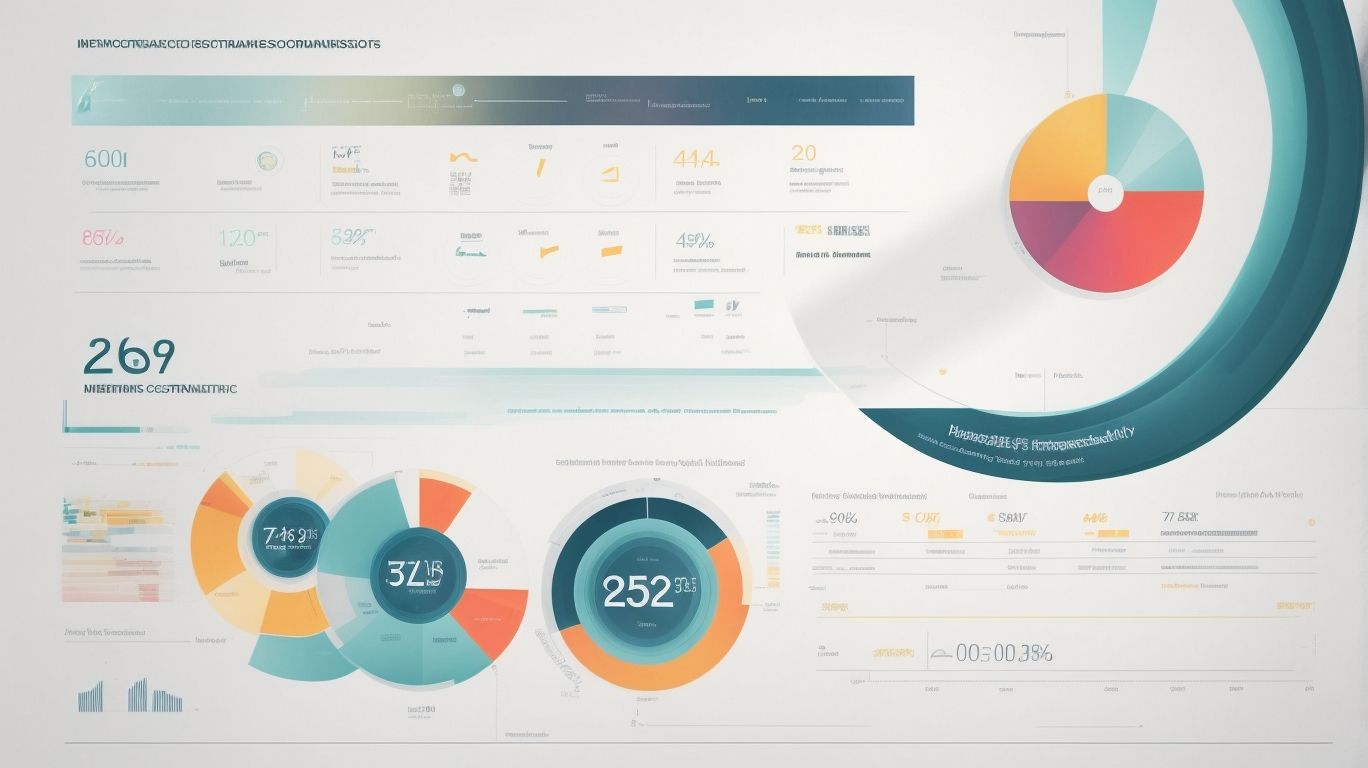metrics
As businesses strive for success, it is crucial to measure and track their performance. One of the ways to do so is through key performance metrics for quality. These metrics provide valuable insights into the effectiveness and efficiency of a company’s processes, allowing them to improve and stay ahead of the competition. Are you curious […]
Read moreAre you prepared for a disaster? In today’s unpredictable world, businesses and individuals need to have a plan in place to mitigate the impact of unexpected events. This article will explore the important role of key performance metrics in disaster recovery, helping you understand how to effectively measure and improve your disaster preparedness. What Are […]
Read moreDo you struggle to measure the effectiveness of your HR practices? You’re not alone. In today’s fast-paced business world, it’s crucial to have a strong set of Key Performance Metrics (KPMs) for HR to track and improve performance. This article will delve into the importance of these metrics and provide valuable insight on how to […]
Read moreHave you been struggling to measure the success of your business? Do you feel overwhelmed by the abundance of data and metrics available? Fear not, as this article will guide you through the key performance metrics that are essential for evaluating your business’s performance and achieving growth. What Are Key Performance Metrics KPIs for Business?
Read moreWelcome, fellow banking professionals! Are you struggling to measure the success of your bank? Do you find it challenging to identify areas for improvement? If so, this article is for you. In the ever-changing landscape of banking, understanding key performance metrics is crucial to staying competitive and meeting the needs of your customers. Let’s dive […]
Read moreAre you tired of constantly wondering if your accounting department is performing at its best? Are you struggling to measure the success of your financial processes? If so, you’re not alone. In today’s fast-paced business world, having clear and effective key performance metrics in accounting is crucial for success. In this article, we’ll delve into […]
Read moreAre you struggling to track the success of your software development projects? Do you wonder what metrics you should be focusing on to ensure optimal performance? Look no further, because in this article, we will discuss the key performance metrics for software development and how they can benefit you. With constant advancements in technology, it […]
Read moreAre you struggling to understand the performance of your medical office? Do you want to improve your practice and optimize patient care? This article will delve into the world of key performance metrics for medical offices, providing valuable insights and solutions for your concerns. With these metrics, you can unlock the potential of your medical […]
Read moreAre you struggling to measure the success of your construction projects? Look no further. In this article, you will discover the vital performance metrics that will help you accurately gauge the efficiency and effectiveness of your construction operations. Say goodbye to uncertainty and hello to data-driven decision making. What Are Key Performance Metrics KPIs for […]
Read more






















